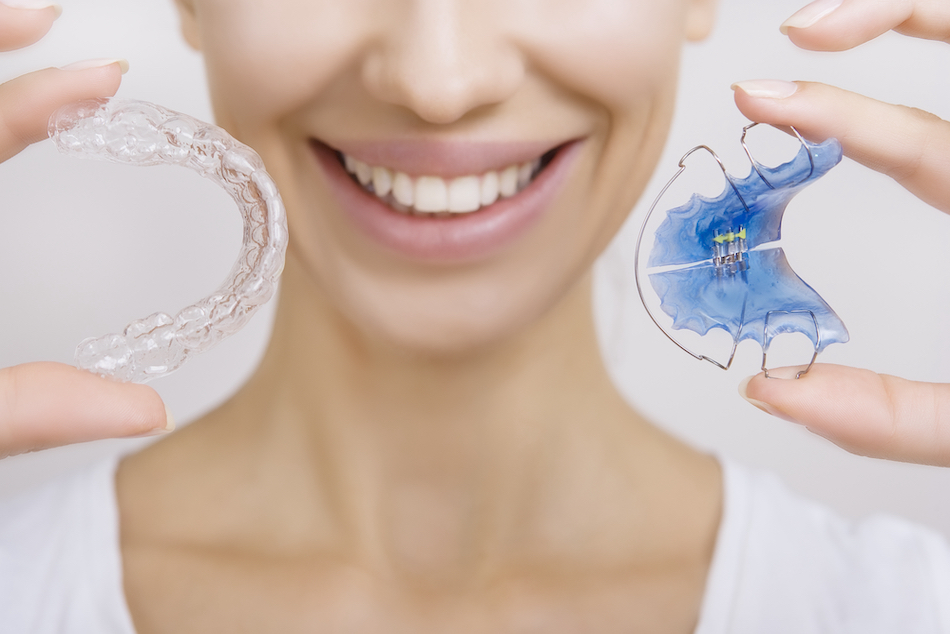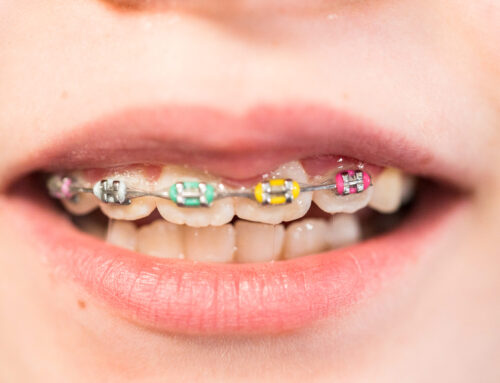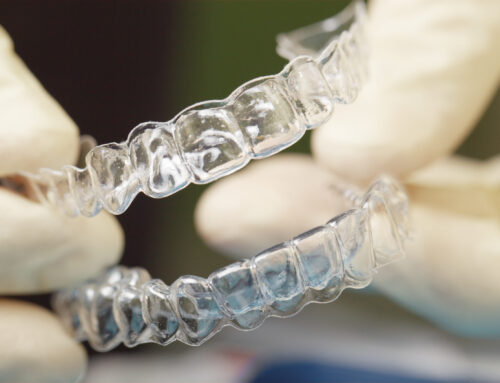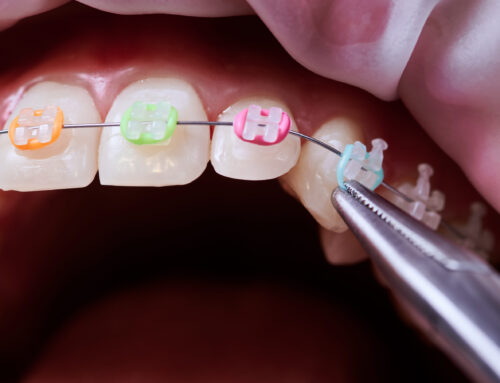Just the thought of finally getting rid of your braces is exciting. Now, the whole world can see your bright smile – minus the chunky wires. However, what if we tell you that the process doesn’t end here? One step still remains. This involves wearing a retainer(s). We understand it might be coming off as too much of a hassle, but wearing these is worth it.
If you cannot relate to the idea of wearing retainers, you are in the right place. In this article, we will discuss what one should expect when it comes to retainers and the types of retainers.
Why Must You Wear a Retainer?
There are different parts when it comes to orthodontic treatment. One is the active phase, during which the braces or Invisalign puts steady pressure on your teeth. This leads to the breakage of the supporting bone. This allows the teeth to start settling into their new positions.
Then comes the second part: the retention phase. Once you take off your braces or Invisalign, the teeth tend to move back to their existing position. This is when retainers come in handy as they hold the teeth in place while the tissue rebuilds itself.
How long you must wear a retainer depends on your condition. Initially, you may have to wear it all the time. But gradually, you can limit its use to a few nights each week. Other reasons make wearing retainers important, such as the age factor that can make the teeth drift apart.
Types of Retainers
Permanent or lingual retainer
A permanent, linguistic, or a fixed retainer is a thin film made of metal. It bonds on the tongue’s side to the back of the teeth. You don’t have to worry about them being visible when you smile.
In fact, once you become comfortable with it, you won’t even feel it inside your mouth. It is important to note that plaque could pile up, so make sure you practice strict oral hygiene.
Hawley Retainer
It is an acrylic retainer, accompanied by a thin wire that folds around your teeth. This type of retainer tends to blend in with the roof of your mouth. Hence, it can be useful for both arches (upper and lower).
You can easily brush, eat, or even floss, considering that this type of retainer is, by all means, easy to remove. In addition to this, they are super comfortable to wear. However, they are visible when you smile, unlike the lingual retainers.
Essix-Type or Clear Retainer
An Essix retainer and Invisalign retainer are somewhat similar. This type of retainer is plastic, which is BPA-free. Moreover, it is removable and quite comfortable.
While this particular type is durable, they, however, can crack or lose their shape. Since it is removable, you must be careful when it comes to its storage. Keep and use its case wisely!
Conclusion
If you are not sure which type to go for, call us now for a consultation.




